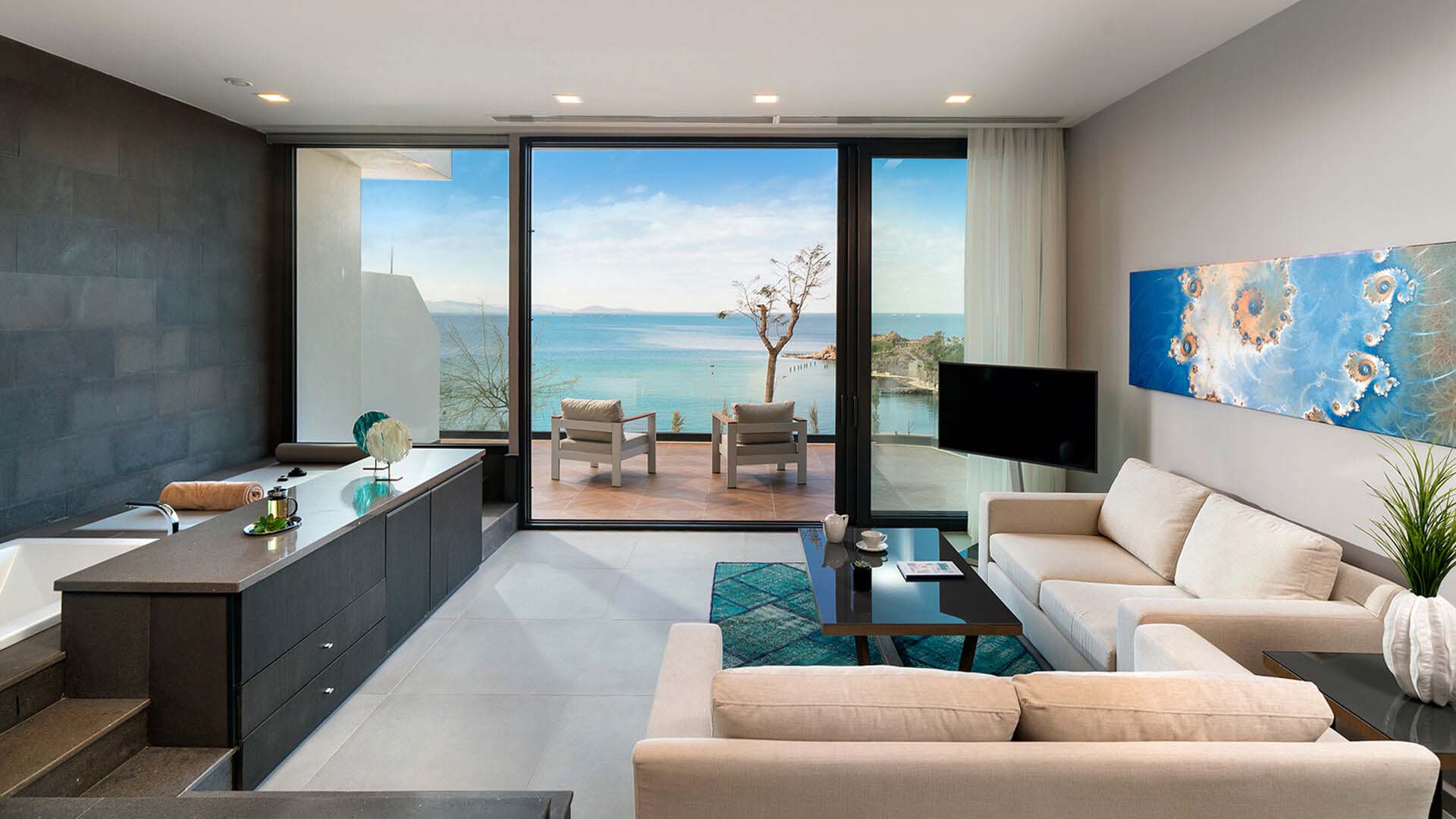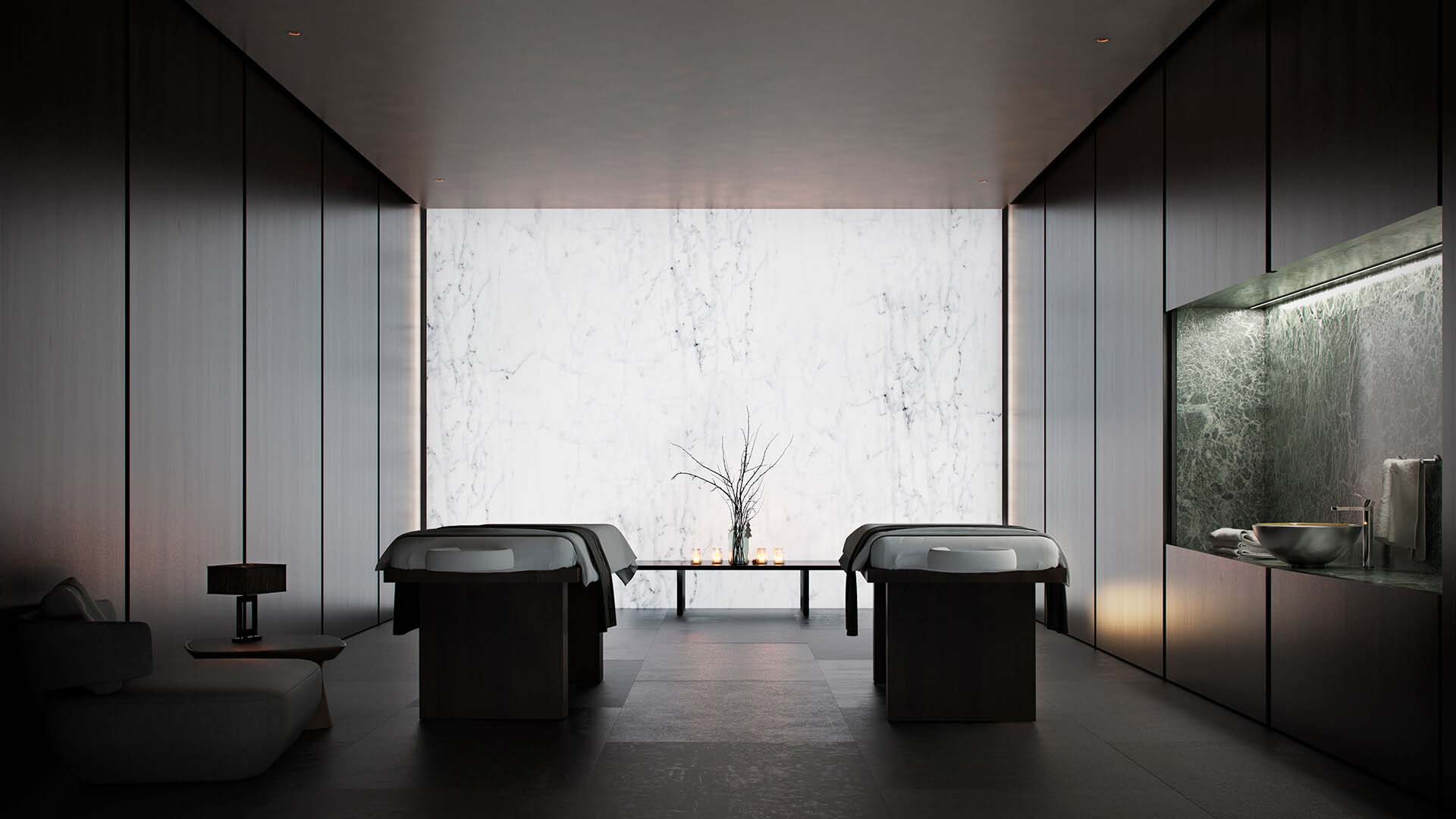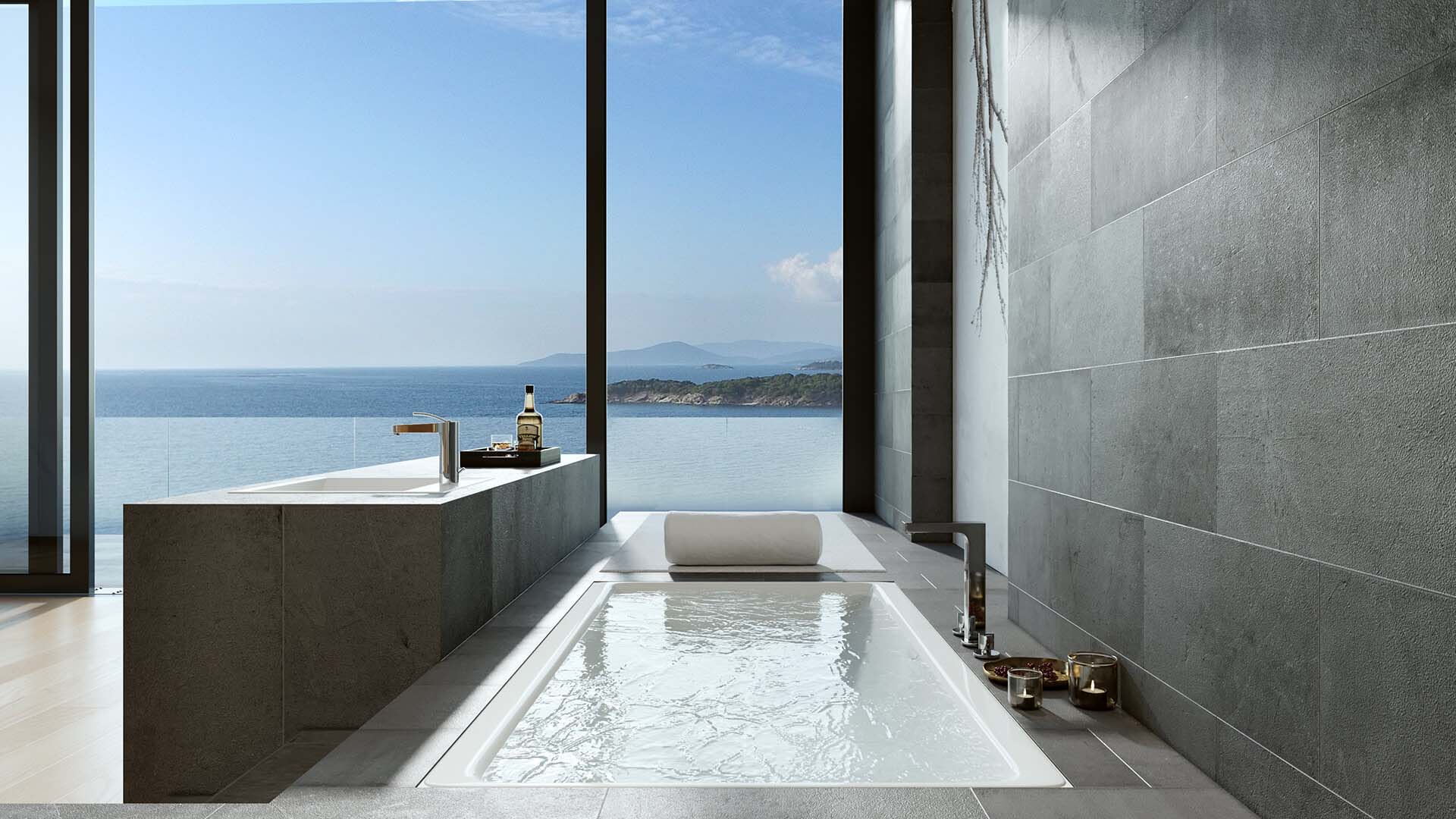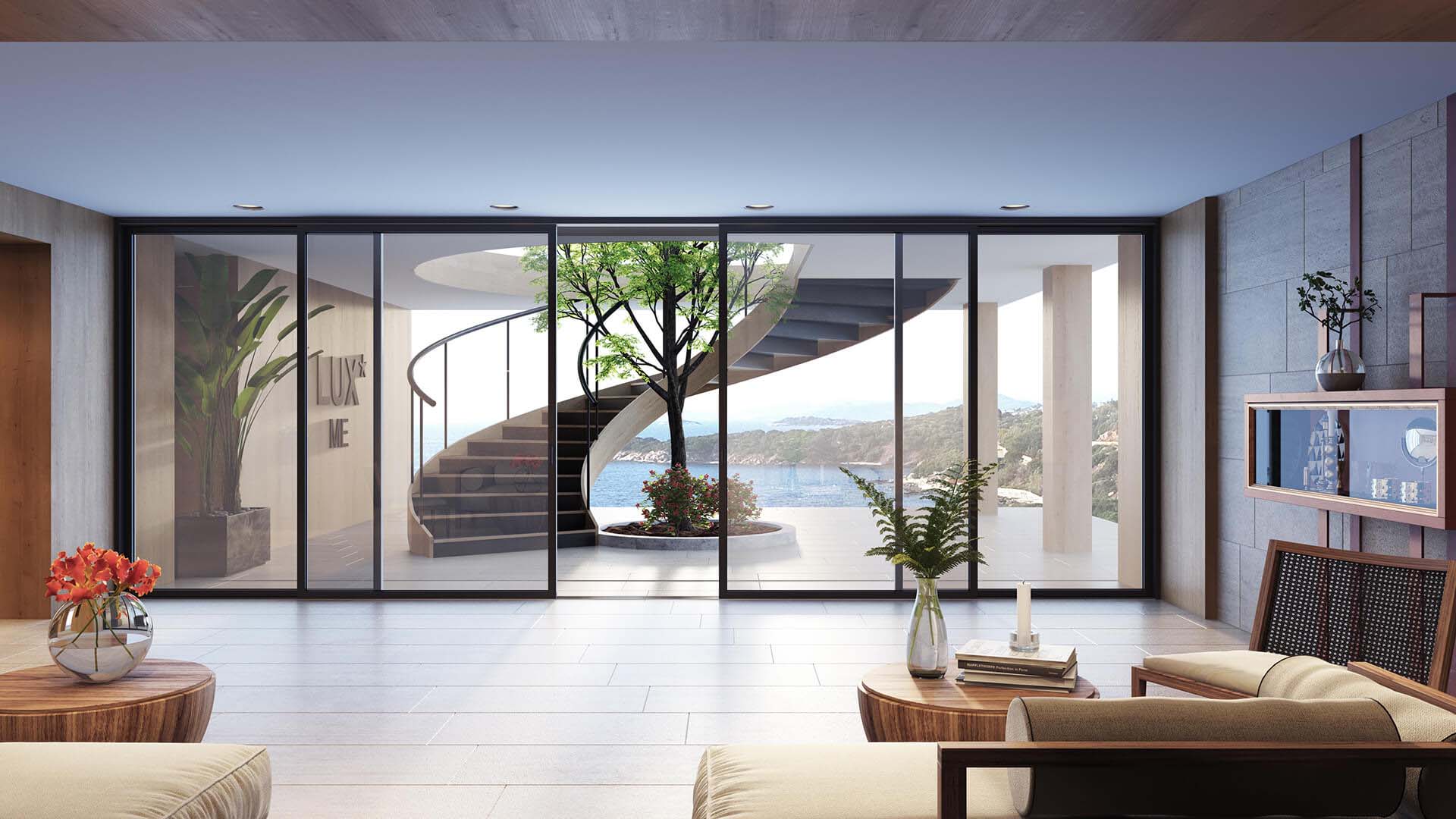Interior design is the art and science of enhancing the aesthetic appeal and functionality of a space. It involves the manipulation of various elements such as color, lighting, furniture, and spatial arrangement to create a cohesive and harmonious environment. Feng shui, on the other hand, is a traditional Chinese philosophical system that seeks to create balance and harmony in the environment by aligning objects and spaces with the flow of energy or chi. It is believed that the arrangement of objects and spaces can affect the well-being and prosperity of individuals.
The importance of interior design in human psychological well-being cannot be overstated. Studies have shown that the design of a space can significantly impact an individual’s mood, cognition, and behavior (Evans, 2014). For instance, research has shown that colors can affect an individual’s emotions and behaviors (Smith, 2013). For example, the color blue has been found to have a calming effect, while the color red can increase heart rate and stimulate the brain (Smith, 2013). Similarly, the layout and arrangement of a space can influence an individual’s behavior and decision-making (Evans, 2014). For example, a cluttered and disorganized space can lead to increased stress and decreased productivity, while a well-organized and visually appealing space can improve concentration and encourage positive behaviors (Evans, 2014).


In addition to its impact on psychological well-being, interior design can also affect an individual’s physical well-being. For example, proper lighting and ventilation can improve air quality and reduce the risk of respiratory issues (Evans, 2014). Furthermore, ergonomic furniture and design can help prevent injuries and improve overall comfort (Evans, 2014).
Feng shui also plays a role in the psychological well-being of individuals. According to feng shui principles, the flow of chi can affect the well-being of individuals in a space (Lin, 2018). For example, if the flow of chi is blocked or disrupted, it can lead to negative energy and a decrease in well-being (Lin, 2018). By aligning objects and spaces with the flow of chi, feng shui aims to create a harmonious and balanced environment that promotes well-being (Lin, 2018).

One way that feng shui can be incorporated into interior design is through the use of colors and elements. According to feng shui principles, each element (such as wood, fire, earth, metal, and water) has a corresponding color and energy (Lin, 2018). For example, the element of wood is associated with the color green and is believed to promote growth and abundance (Lin, 2018). By incorporating these colors and elements into the design of a space, feng shui aims to create a harmonious and balanced environment that promotes well-being (Lin, 2018).
In conclusion, interior design and feng shui are important in the psychological well-being of individuals. The design of a space can significantly impact an individual’s mood, cognition, and behavior, while feng shui aims to create a harmonious and balanced environment through the alignment of objects and spaces with the flow of chi. By incorporating elements of interior design and feng shui, individuals can create a space that promotes well-being and enhances their overall quality of life.

References:
- Evans, G. W. (2014). Environmental psychology (5th ed.). Belmont, CA: Wadsworth.
- Lin, Y. (2018). Feng shui for modern living: design your home to change your life. New York, NY: Hachette Books.
- Smith, S. (2013). The psychology of color: How color affects mood, behavior, and cognition. In Color psychology (ed.). West Sussex, UK: John Wiley & Sons.

